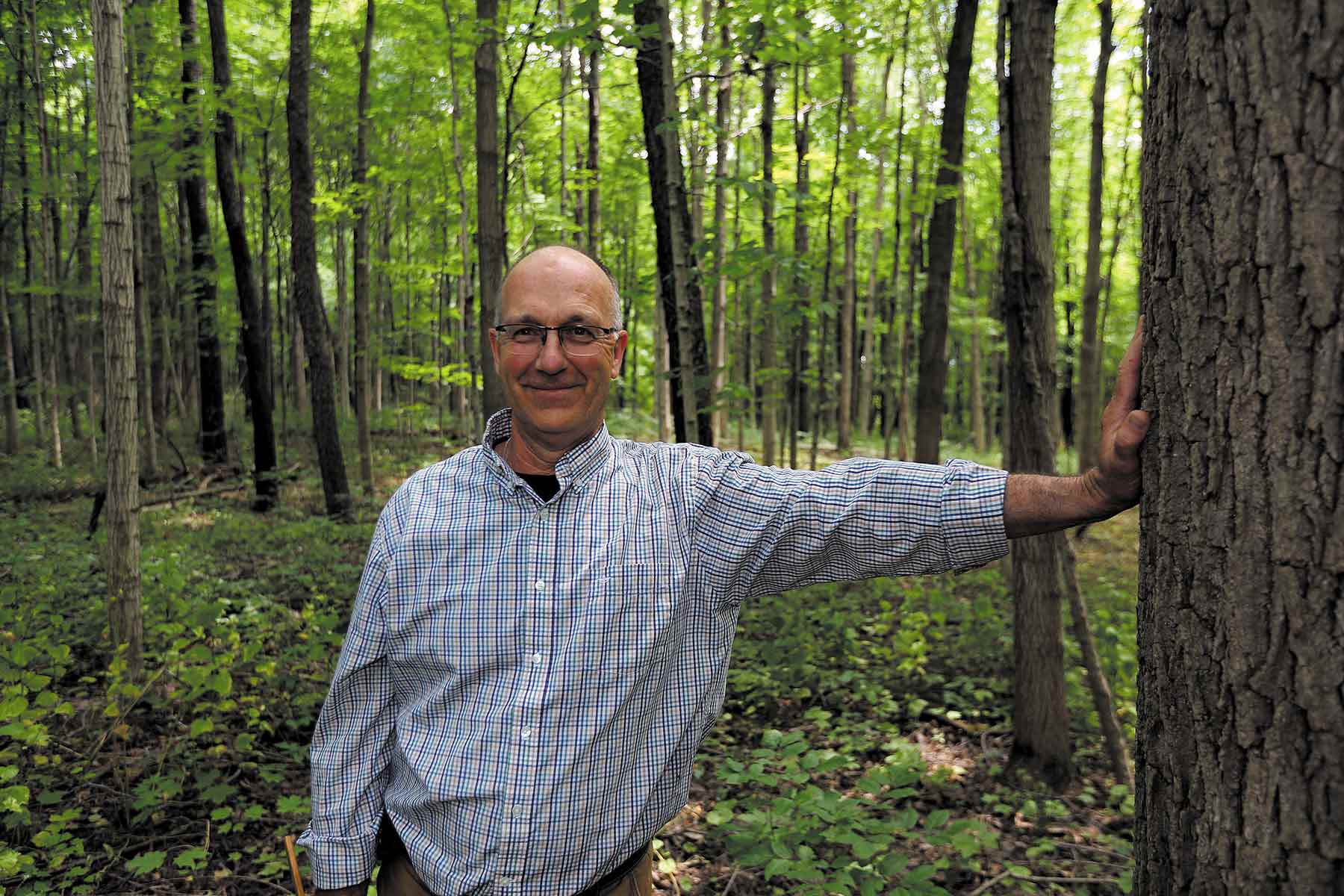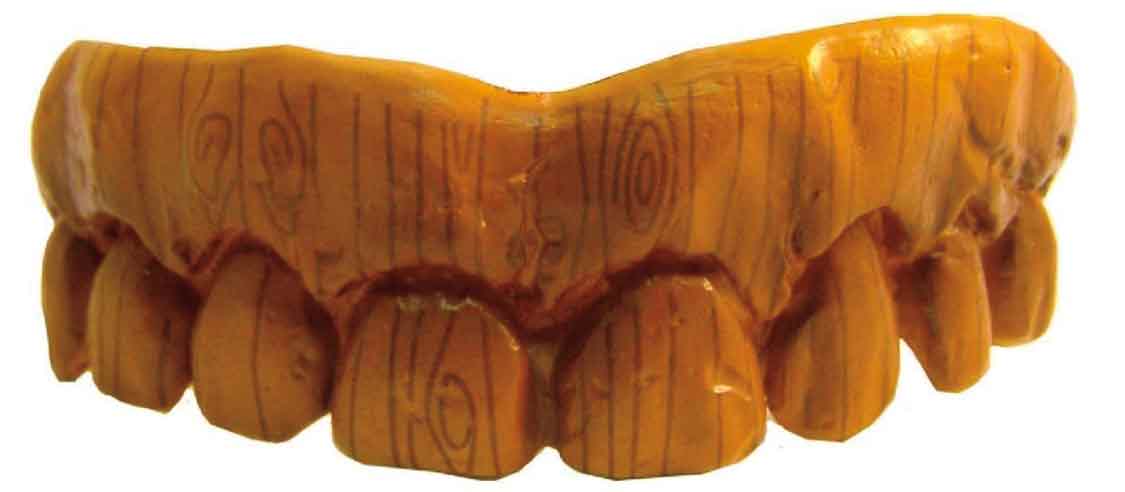Ask the Steward
Question: Foresters often talk about ‘basal area’, but I don’t know what that means. Can you help?
Answer: Basal area is another one of those technical forestry terms that landowners should become familiar with as it often guides forest management decisions and explains much about how your woodland and timber is performing. Much like pastures and grazing lands can only support a certain number of cattle per acre, so do forests have a limit on the quantity or volume of trees and timber it can support. Similarly, croplands have ideal number of plants per acre to achieve desired production and ensure plant health. For grazing lands this is referred to as ‘carrying capacity’, for cropland it’s ‘plant population’ and both are expressed on a per acre basis. For woodlands a measure used to determine stocking is ‘basal area’ and is expressed in square feet/acre.
When foresters assess the woodland health and growing conditions, they consider many factors, including soil types, topography, aspect, tree species and ‘stocking’. And, only by evaluating basal area and number of trees/acre can you determine if your woodlands are over, under or adequately stocked. Or, to put it another way- is your woodland too thick with trees, too thin or just right to achieve your objectives. That said- just what does a basal area measurement mean? Simply put- if you cut down all the trees on one acre of your woods at 4 ½ feet above ground and sum up the cross section of all the stumps, the result is your basal area measurement for that acre. For example: the sum of the cross sections might indicate a basal area of 90 square feet/acre. By calculating the basal area across the entire woodland you can determine if the woodland is at, over or under its carrying capacity, or properly stocked to achieve the management goals.
Rather than cutting trees down to determine basal area, foresters use a variety of forest inventory and measurement tools and software to determine basal area, stocking levels, tree volumes and other data to help guide woodland management. They also take into account tree species mix, as each set of species may have different carrying capacities. A forestry prism, or angle gauge are common tools used to determine basal area and, with a bit of training, can be easily used by landowners.
In ballpark terms, a ‘fully stocked’ woods in Indiana would have a basal area in the range of 70-100 square feet/acre. However, this depends greatly on the tree species mix and other factors. If interested in learning more, ask your forester for a demonstration or check out various YouTube videos on the web on how to determine basal area.
Question: Fun fact: What tree species was used for George Washington’s wooden teeth?
Answer: Just as the story of George Washington cutting down a cherry tree is legend rather than fact, so is the myth of him having a set of wooden chompers. It is unclear where the story started, but it is pretty well known that George Washington had terrible teeth and by the time he was inaugurated in 1789 he only had 1 natural tooth remaining. Over the years he had crafted and wore several sets of dentures fashioned from various materials, including bone, ivory, human teeth and metal fasteners of gold bands, brass screws, and even lead- but not wood. The prevailing theory of the wood teeth story is that dentures of the time were very difficult to keep clean and hairline fractures in the ivory and bone allowed staining to seep into the cracks. This would have made the appearance of the teeth to have lines that could have resemble wood grain. This discoloration was worsened or accentuated by the dark red wine favored by Washington that tended to remove the polish of the ivory dentures. So, the legend began and is still common lore today. An interesting side note: as you can imagine, the dentures of the times were clumsy, bulky and quite uncomfortable, which likely attributed to the often dour look on Washington’s face, including the famous 1796 Gilbert Stuart’s painting of President Washington that appears on the one-dollar bill.
Dan Ernst is a professional forester and past Assistant State Forester with the Indiana Division of Forestry. He has authored ‘Ask the Steward’ since 1992 and can be reached at foresterdan@yahoo.com
